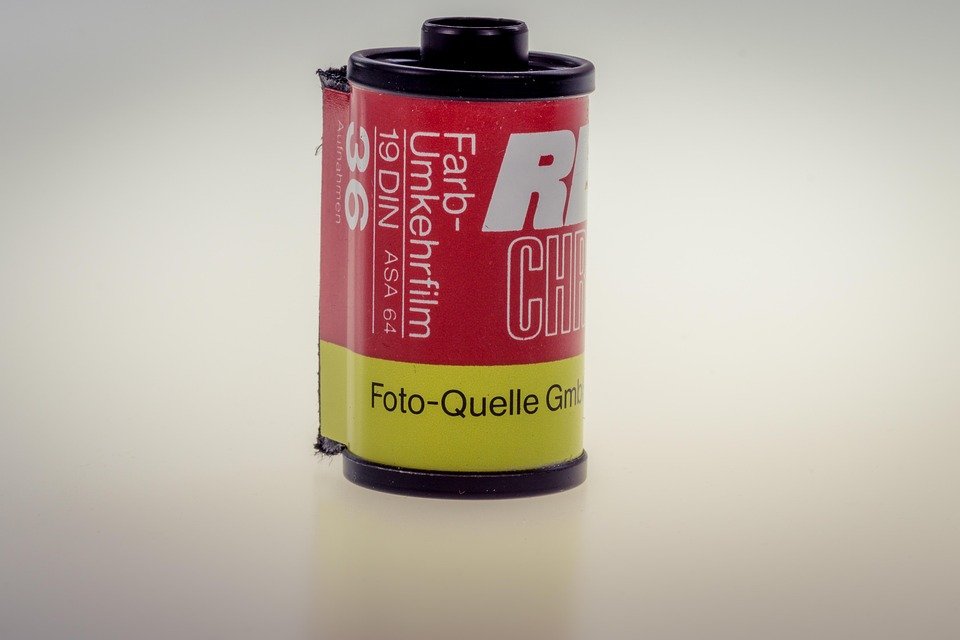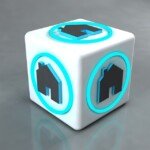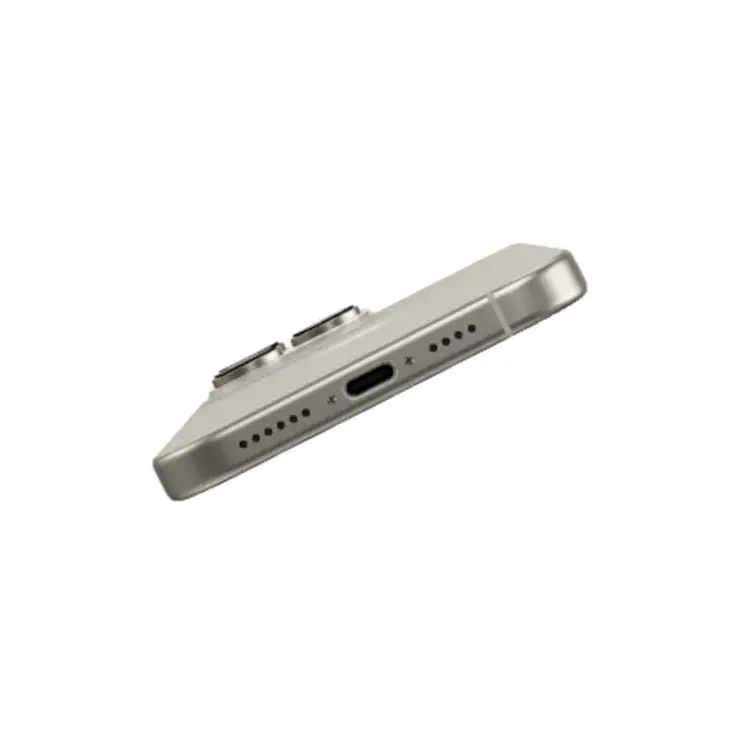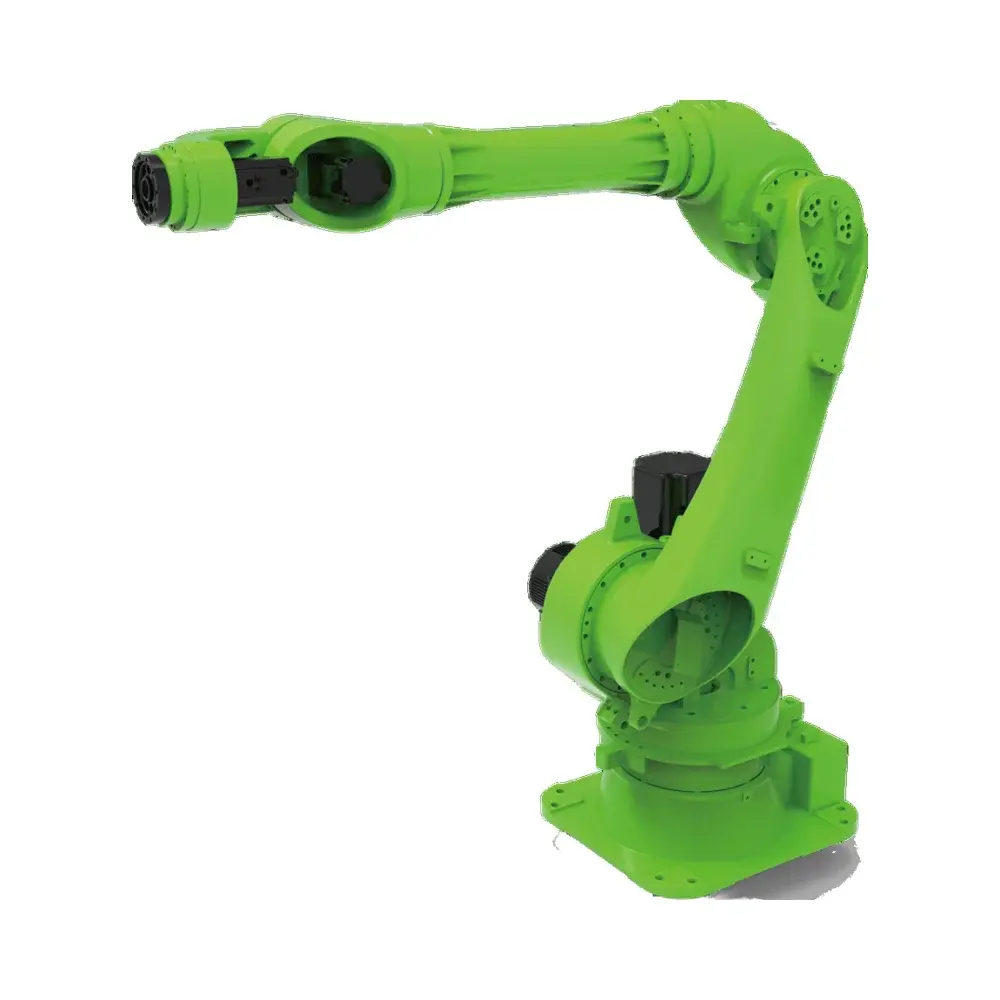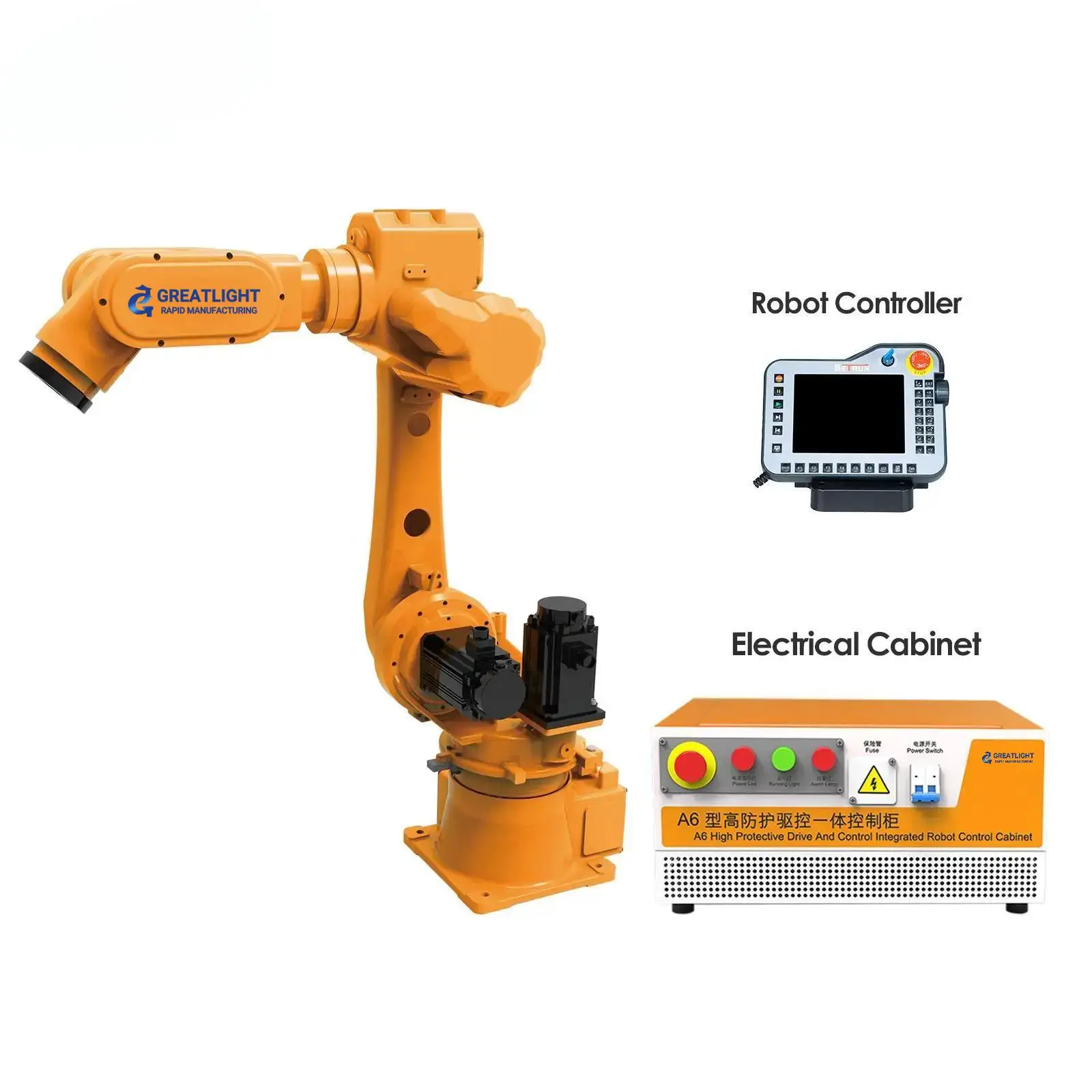Unlocking the Power of ASA Filament: A Comprehensive Guide to UV-Stable, High-Performance 3D Printing
Introduction: Why ASA Stands Out in Engineering Thermoplastics
Acrylonitrile Styrene Acrylate (ASA) is an engineering thermoplastic that shares a similar molecular backbone with the widely used ABS (Acrylonitrile Butadiene Styrene). Where ASA truly excels is in overcoming ABS’s most significant limitation: vulnerability to UV degradation. This makes ASA the premier choice for functional parts exposed to harsh environments, combining exceptional mechanical properties with outstanding outdoor durability. Initially developed by BASF in the 1970s, its acrylic ester component replaces ABS’s unstable butadiene rubber, granting it superior weathering resistance without sacrificing toughness.
Part 1: Unpacking ASA’s Material Properties: Advantages and Considerations
ASA leverages its unique copolymer structure to deliver properties that bridge industrial needs and 3D printing feasibility.
Key Advantages for Functional Printing:
- Superior UV & Weather Resistance: ASA maintains its mechanical integrity and color stability during prolonged outdoor exposure (making it ideal for automotive trims, fixtures, or garden equipment).
- Exceptional Mechanical Stability: Exhibits high impact strength even at temperatures near its softening point of 105°C, coupled with excellent dimensional accuracy.
- Chemical & Moisture Resistance: Resists degradation from water, acids, alkalis, and alkalis far better than PLA or ABS, suitable for demanding applications.
- Acetone Compatibility: Enables solvent welding for strong assemblies and allows vapor smoothing for glossy surface finishes.
- Functional Aesthetics: Prints reliably achieve a smooth, layer-adhered finish suited for end-use parts.
Essential Considerations (Limitations):
- Thermal Sensitivity: Prone to warping, cracking, and shrinkage due to significant cooling-induced stress.
- Elevated Printing Temperatures: Requires nozzle temperatures typically between 240-260°C and a heated bed at 90-110°C.
- Fume Management: Releases styrenic compounds during printing; requires well-ventilated space or active filtration.
- Material Cost: Higher cost per kg compared to PLA or PETG due to its engineered chemistry and performance profile.
Part 2: Essential Hardware Requirements for Successful ASA Printing
Succeeding with ASA mandates specific printer capabilities to overcome its thermal challenges.
Critical Printer Setup:
- Heated Bed (Mandatory): Crucial for minimizing thermal contraction. Target 90-110°C based on filament brand.
- Optimal Build Surfaces: Maximize adhesion using PEI sheets, dedicated ASA adhesion glues (e.g., ABS slurry), Kapton tape, or specialized surface sprays. Ensure perfect bed leveling.
- Enclosed Build Chamber: Imperative for large parts > 35mm to drastically reduce warping by stabilizing ambient temperature and eliminating drafts.
- All-Metal Hotend: Essential for safe operation at sustained 250°C+. Avoid PTFE-lined hotends to prevent degradation and potential toxic fume release. Exploration in Volkano nozzles enhances thermal stability for complex geometries.
Part 3: Mastering ASA Print Settings: Achieving Reliability & Quality
Precision in slicer configuration is vital to mitigate ASA’s inherent printing challenges.
Core Parameters & Optimization:
- Temperature Ranges:
- Nozzle: 240-260°C (Prioritize higher temperatures for layer fusion, calibrate per filament).
- Bed: 90-110°C (Verify manufacturer specification; higher temperatures within this range combat warping).
- Print Speeds: 40-50 mm/s general speed. Drop to 20-25 mm/s for critical layers (first layer, small features, bonding layers).
- Cooling Strategy: Fans OFF typically preferred for layer bonding integrity. Use minimal cooling (≤ 15%) only on overhangs after achieving stable adhesion. Enclosure mitigates overheating.
- First Layer Calibration: Ensure perfect nozzle height (slight "squish"), low speed, and increased width/height (110-120%).
- Layer Height: 0.15mm – 0.25mm provides reliable results. Thicker layers enhance adhesion.
- Rafts & Brims: Use adhesion helpers liberally for small contact areas. A 5-8mm brim greatly improves large prints.
Advanced Tips:
- Drill Hole Compensation: Compensate for ASA’s isotropic shrinkage (~0.6-1.0%) on dimensional-critical holes.
Part 4: Troubleshooting Common ASA Printing Issues: Deformation, Cracks & Fumes
Proactive strategies are vital to combat ASA’s temperamental behavior. Many challenges seen printing ABS will surface with ASA but often be less severe.
Solving Warping and Delamination:
- Root Cause: Uneven cooling → uneven contracting → internal stress → edges peel up or layers split.
- Solutions:
- Maximize bed adhesion via optimized surfaces and temperatures.
- Eliminate drafts using a sealed chamber maintaining ~45-55°C inside.
- Moderate print speeds avoiding thermal shock.
- Utilize broadly attaching brims.
- Printing rails around the part minimizes warp propagation by stabilizing edge cooling and resisting lift forces.
Addressing Layer Adhesion & Cracking:
- Root Cause: Insufficient nozzle temperature leading to poor polymer bonding, exacerbated by rapid cooling.
- Solutions:
- Increase nozzle temperature incrementally based on testing.
- Disable print cooling entirely for core structure layers.
- Maintain a warm chamber environment passively throughout the print.
- Minimize rapid temperature gradients through part geometry (avoid huge thermal mass jumps).
VOCs Management & Safety:
- Hazard: ASA emits styrene and nanoparticles (confirmed by NIH/NIOSH studies), with potential health impacts including respiratory irritation and neurotoxic effects on prolonged exposure.
- Essential Mitigation:
- Print within a fully sealed chamber venting to active carbon filters (HEPA+VOC canister ideally like Bento Box).
- Ensure strong workshop ventilation (room-level HEPA/makeup air systems preferable).
- Wear PPE when accessing the printer mid-job or post-processing.
- Consider low-emission ASA variants.
Conclusion: Embracing ASA for Next-Level Functional Prototypes and Outdoor Applications
ASA filament demands infrastructure investment and calibration but provides unparalleled value for applications requiring durability under extreme conditions. Its combination of UV resistance, mechanical robustness, and moderate chemical resilience makes it the definitive alternative to ABS for any solution facing sunlight or weather. From automotive exterior components to aquaculture hardware to rugged enclosures, ASA enables functional engineering-grade parts via desktop FDM printing when printers exist optimized environments. Remember: Success hinges on thermal management venting awareness. Step beyond PLA’s limitations—engineer outside with ASA.
Key Horizon: Emerging ASA+ formulations are blending nylon or carbon fiber for enhanced stiffness and loadbearing capacity—signaling this material’s evolution into high-composite additive manufacturing niches where harsh environments once limited plastic part longevity.
